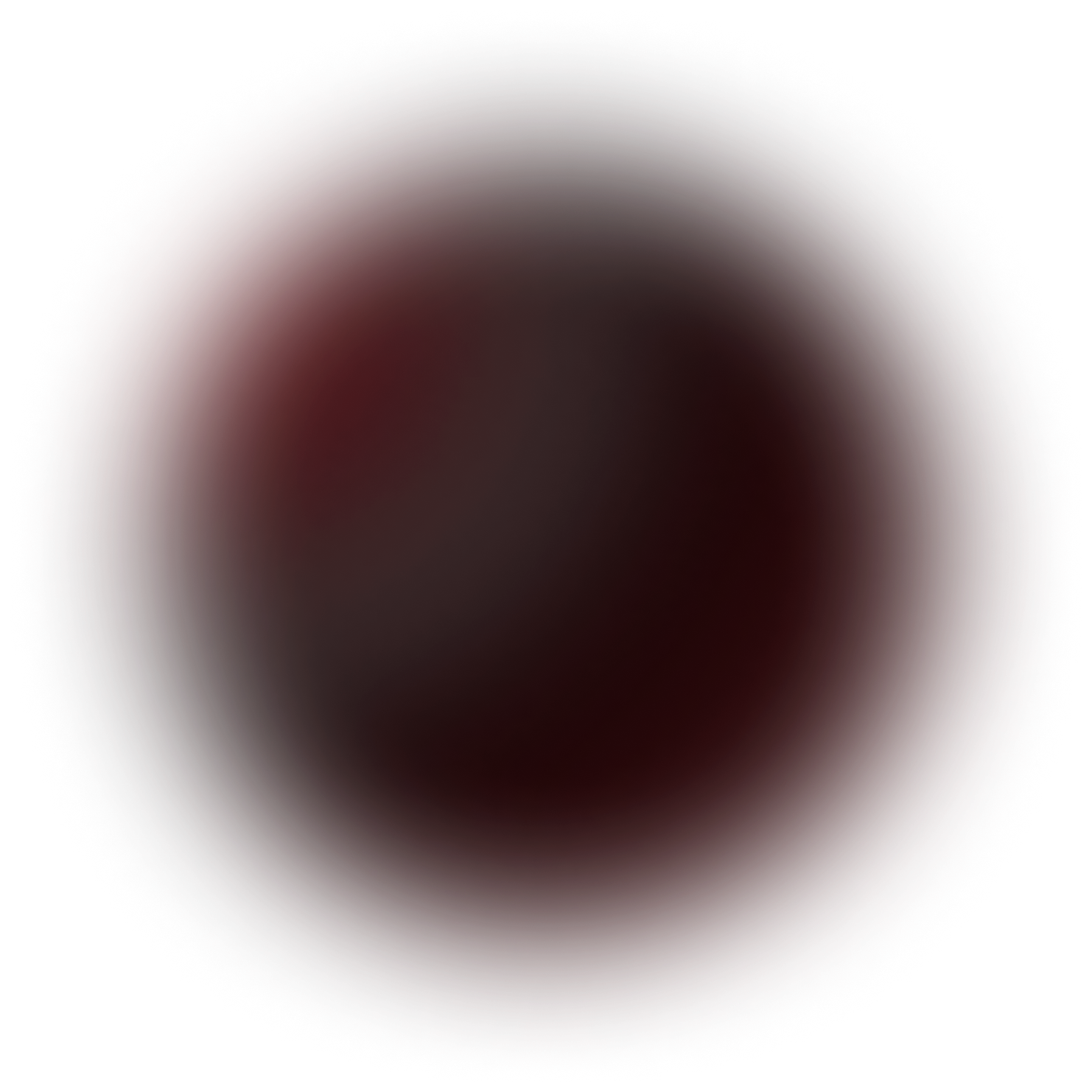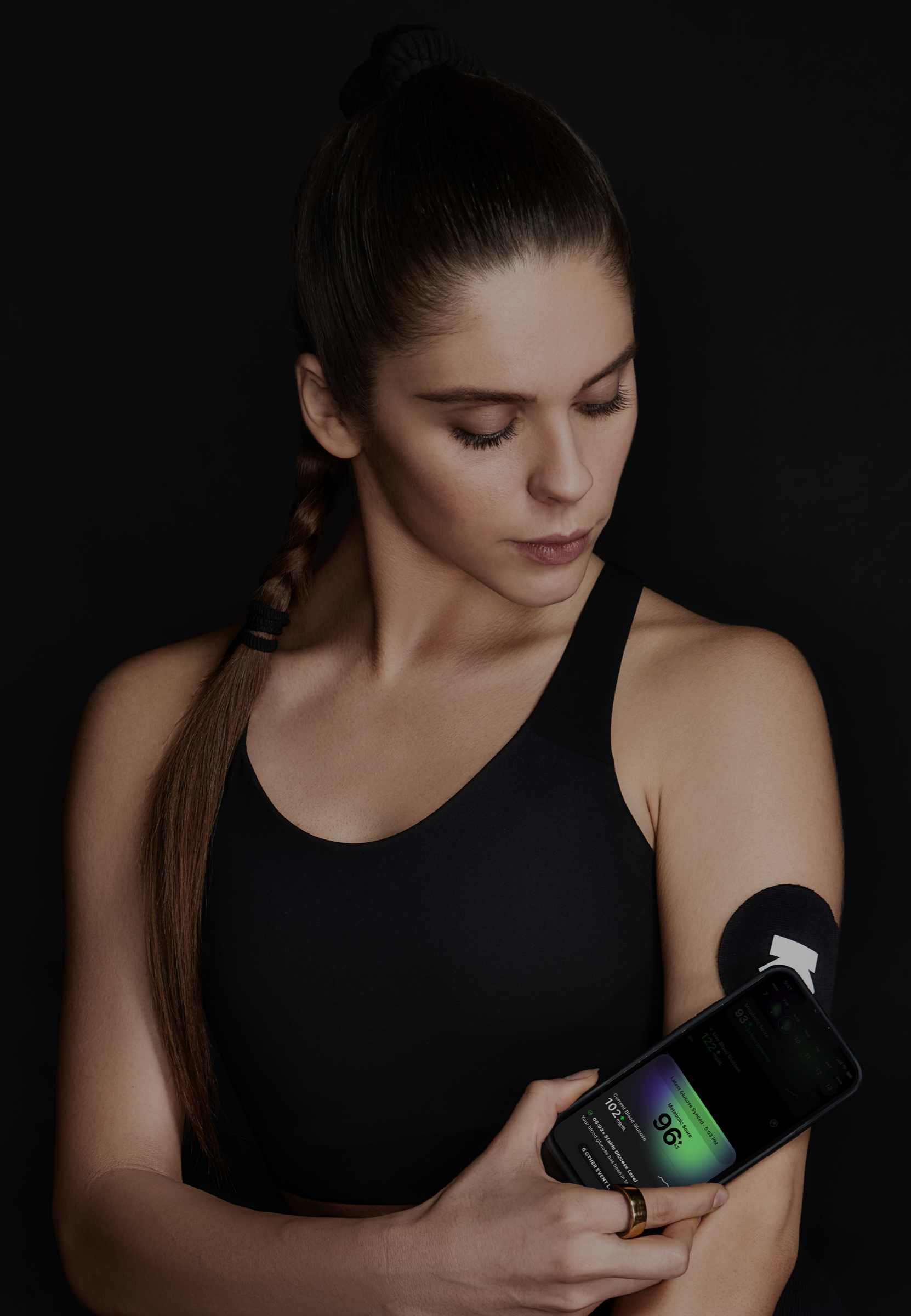
Japanese Red Rice (1 Cup), Curd (Nandini) (1 Serving) and Dal Yellow (Hommade) (1 Serving)
Lunch
172 mg/dL
avg. peak value
Usually causes a medium spike
Avg. Food Score on Ultrahuman App
Ultrahuman Users got an UNSTABLE response
How to consume curd, dal yellow, japanese red rice without glucose spikes
Portion Control
Reduce the portion size of curd, dal, and rice to limit carbohydrate intake in one sitting.
Fiber Addition
Incorporate high-fiber vegetables like leafy greens, broccoli, or bell peppers into your meal. Fiber slows down digestion and absorption of carbohydrates, which helps in managing glucose spikes.
Protein Pairing
Add a source of lean protein such as grilled chicken, tofu, or lentils to your meal. Protein can help stabilize blood sugar levels.
Healthy Fats
Include healthy fats like a small serving of avocado, nuts, or seeds. These can slow carbohydrate absorption and improve satiety.
Vinegar Use
Add a splash of vinegar or a squeeze of lemon juice to your meal. Acids can help reduce post-meal glucose spikes.
Meal Timing
Spread your carbohydrate intake throughout the day rather than consuming large amounts at once. This approach can help maintain more stable blood sugar levels.
Mindful Eating
Eat slowly and chew thoroughly. This can aid digestion and help prevent overeating, which can lead to larger glucose spikes.
Hydration
Drink water before and during your meal to aid in digestion and help modulate blood sugar levels.
Pre-Meal Exercise
Engage in light exercise, like a short walk, before meals. Physical activity can improve insulin sensitivity and reduce glucose spikes.
Post-Meal Activity
Consider a brief walk after eating to help your body use up glucose and reduce spikes in blood sugar.

Discover
metabolic
health with M1
Ultrahuman M1 helps you measure the impact of food and activity on your body in real time through glucose as a biomarker.
Explore Ultrahuman M1Find Glucose response for your favourite foods
Explore OGDbYour cart is empty
Browse through our products and find something for you.
